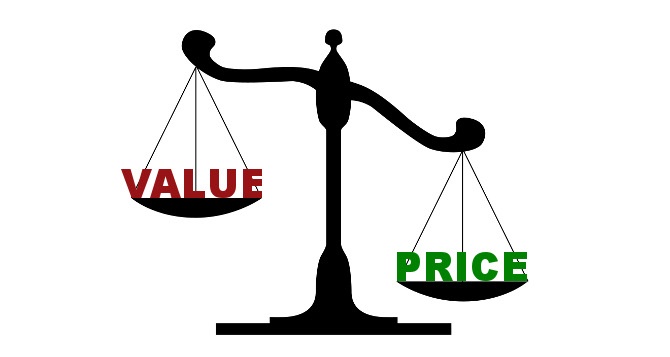
There are over 10 million Americans are still unemployed. Many unemployed Americans owe taxes because they are not aware that unemployment compensation or unemployment benefits are taxable. Seven states fully exempt unemployment benefits: Montana, New Jersey, Alabama, Pennsylvania, Arkansas, California, and Virginia. Wisconsin and Indiana offer partially exempt unemployment benefits. All other states that offer unemployment benefits tax them in full.
When you apply for unemployment you have the option to have
income tax withheld. If you do not choose this option you will be required to pay
taxes on the money received when you file taxes for the current year and could
end up owning thousands of dollars.
You will receive a Form 1099-G of the following year which
will show your total unemployment compensation and the amount of federal income
tax and state taxes that were withheld if you choose those options. Even if you
stopped receiving unemployment compensation it is to your advantage to file a
return. You may be entitled to a tax refund if you income is lower for the
year.
If you took early withdrawals from a pension plan or
retirement account such as a 401k, the withdrawals are taxable unless they are
rolled over into another qualified retirement plan or IRA within 60 days. If
the withdrawal is used to pay for living expenses while you are unemployed the
withdrawals are taxable. In addition, if you are under age 59 ½ you may also be
subject to an additional 10% tax on early withdrawals unless your money is
stored in a 457 plan.
Here are 10 options if you owe taxes and are unemployed.
1. Apply for a private loan from a friend or relative or from a
peer-to-peer lending company such as Zopa or Prosper.
2. Apply for a hardship withdrawal from a retirement plan or
pension plan.
3. Apply for an installment plan and setup an IRS payment
schedule by filing IRS Form 1127.
- Pay by credit card. Pay by credit card.
- Take out a loan from your life insurance policy.
- Borrow money from family or friends.
- Consider getting a full-time or part-time job to earn money to pay back your taxes.
- If you can pay the taxes owed within 120 days contact the IRS to see if you can qualify for a short-term extension.
- Go to an IRS office to get advice on the best option to handle your tax situation.
- Request an Offer in Compromise if you cannot pay the total amount owed. This allows you to settle your tax debt for a smaller amount than you owe if you will be unable to pay back the amount owed within 10 years.


